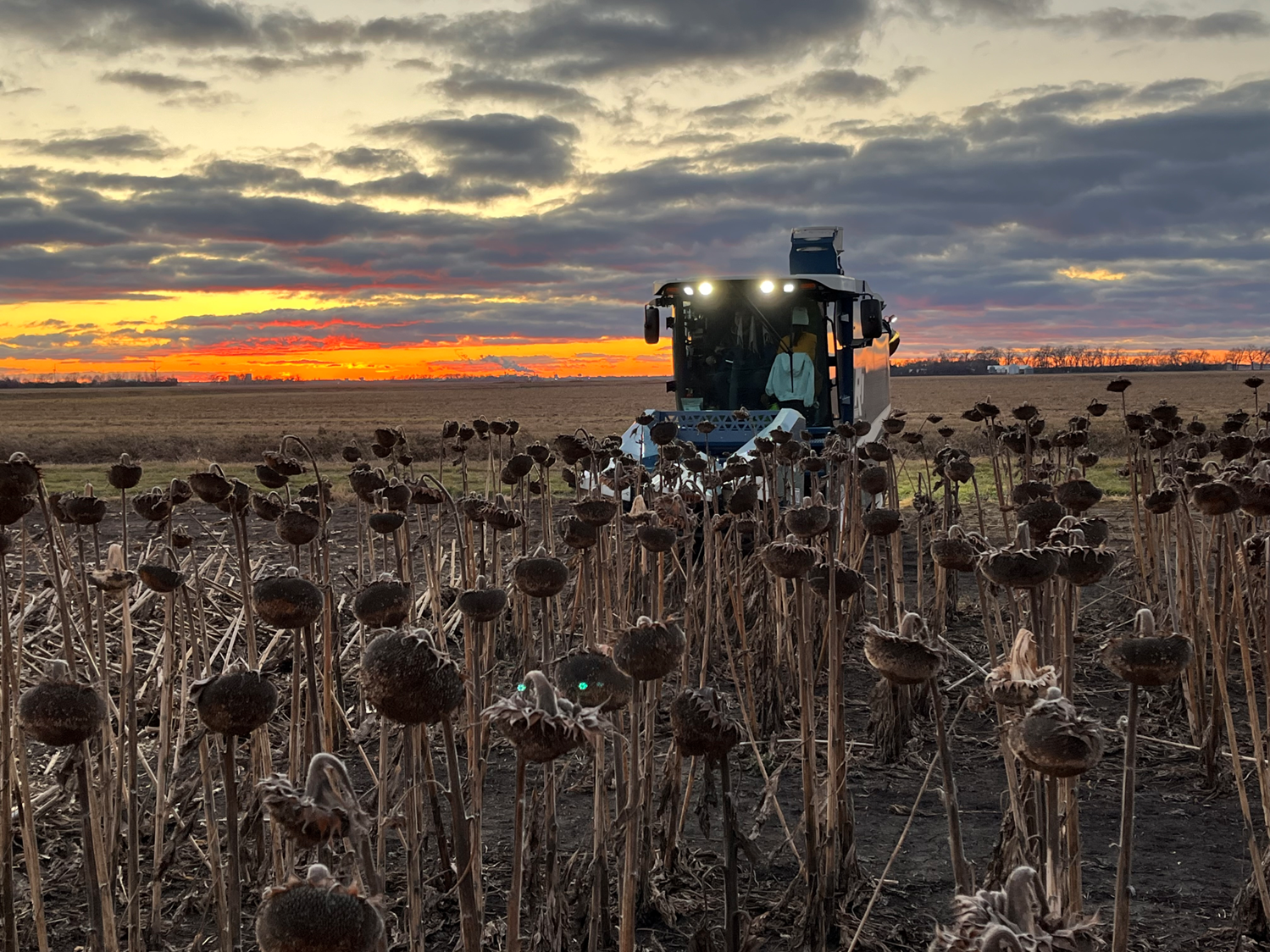Sunflower Seed Research Spotlight
Sunflowers with their vibrant blooms and versatile applications have gained significant attention in the agricultural industry. From breeding and cultivation techniques to market significance and environmental considerations, sunflower research encompasses various aspects to maximize crop productivity.
Sunflower Seed Crop Rotation
Particularly in moisture-limited regions with temperature fluctuations, sunflowers hold immense agronomic value. Their resilience in adverse growing conditions provides a consistent income source, even when other crops may fail.
While there is no specific recommended crop type for rotation with sunflowers, common rotation options include corn, wheat, and soybeans. Rotating crops helps control weeds that resemble sunflower plants especially and sunflowers should be rotated every season to manage weeds, water usage, diseases, and pests.
Location and Soil Preparation
Sunflower research teams conduct testing across a wide geographic range and location evaluation plays a crucial role. Selecting suitable locations looking at factors like soil composition, glaciation, soil moisture content, and temperature trends are all considered. Evaluating these factors allows seed research professionals to identify optimal locations for sunflower cultivation.
The method of land preparation also varies based on location and soil type. Cold and wet regions often use conventional till operations whereas moisture-limited areas embrace no-till planting to preserve soil moisture. No-till operations help maintain moisture levels when moisture is gained through snow melt as well, which is critical for sunflower seed emergence and growth. Burn-down operations are typically necessary in no-till operations to eliminate existing weeds before planting.
Sunflower Seed Categories for Research: Confectionary and Oil Seed Varieties
After the locations are chosen and the land is prepared, consideration for the types of sunflower seeds must be considered when planting plots. Sunflower seeds can be categorized into two main types: confectionary and oil seed varieties.
Confectionary sunflowers, accounting for 15% of total production in the United States, feature a white stripe down the margins and a black stripe down the middle of the seed. These long-type seeds have a low test-weight grain and have been traditionally challenging to plant due to their large size. However, advancements in air planter technology in research planters have now made their cultivation easier.
Oil seed sunflowers, constituting 85% of total production, have black or gray stripes on the seed. They are generally smaller in size and have up to 20% higher oil content than confectionary varieties. Plot planters with corn capabilities are the preferred choice for sunflower seed planting due to their strong singulation capabilities.
Seed Treatment and Weed Management
Effective seed treatment and weed management is essential for sunflower development. Pre-emergent herbicide applications are crucial for the plant’s health and longevity, providing weed control until canopy development. Post-emergent herbicides are available for targeting grasses, but caution must be exercised when dealing with broadleaf weeds as certain herbicides may negatively impact sunflowers.
Bees play a crucial role in sunflower pollination, with various native bee species and honeybees foraging on sunflowers. Seed researchers prioritize bee health when selecting herbicides and pesticides, ensuring minimal harm to these important pollinators. Common pesticides used for controlling pests like head-infesting insects do not pose a significant risk to bees. Researchers also take measures to protect bees during aerial pesticide applications by scheduling spraying early in the morning when bees are less active.
Sunflower Seed Plot Harvesting Challenges
After the sunflower crop has reached maturity, harvesting sunflowers presents unique challenges, particularly due to their top-heavy eastern tilt. Special plot harvesting solutions are required to help with this challenge. To support the important work of sunflower seed researchers, ALMACO developed a specialty sunflower header that can be used with the ALMACO R1 Single-Plot Combine.

The new sunflower header from ALMACO is made specifically with sunflowers in mind to address fallen and standing sunflower heads in the field. To accommodate for the height of the crop, increased side wall height is used with a transparent mesh back wall on the header shielding. The design maximizes the efficiency of gathering the sunflower plants into the head, assists the sunflower heads to the rotating cutting knife, up to the gathering belts, and to the conveyor system. Less seed loss in the plot combine means better data for seed research professionals.
Data gathering solutions like the ALMACO D1 Data Collection Unit is used during harvest seed researcher for real-time weight and moisture measurements. Clear harvest data leads to faster seed advancement decisions for researchers.
Sunflower Seeds for Industries and Consumers
Oil content testing is also a crucial parameter for assessing the value of oil seed varieties. Recent research has focused on the oil composition of sunflower hybrids, particularly the seed’s acid content. Oleic acid, a health-essential acid found in sunflowers, can be categorized as high linoleic, mid-oleic, or high-oleic acid. These variations in oil composition offer diverse applications in the oil seed market, especially with an increasing demand due to the crop’s hypoallergenic qualities. Sunflower products like SunButter serve as alternatives to peanuts, and canola allergies have led to a rise in the use of sunflower oil in cooking operations.
Sunflowers are, of course, also prized for their beauty in the floral market. Variations in flower size, ray petal, and center coloring offer a visually appealing selection. However, caution must be exercised regarding branching, ensuring sunflowers produce long and vase-suitable branches.
Sunflower seed research presents a unique set of challenges and benefits in the industry. Researchers directly contribute to the advancement of sunflowers in agriculture, optimizing crop productivity while considering environmental sustainability. Sunflowers offer not only agronomic benefits but also aesthetic appeal and hypoallergenic properties, making them a valuable crop for both industries and consumers alike.









